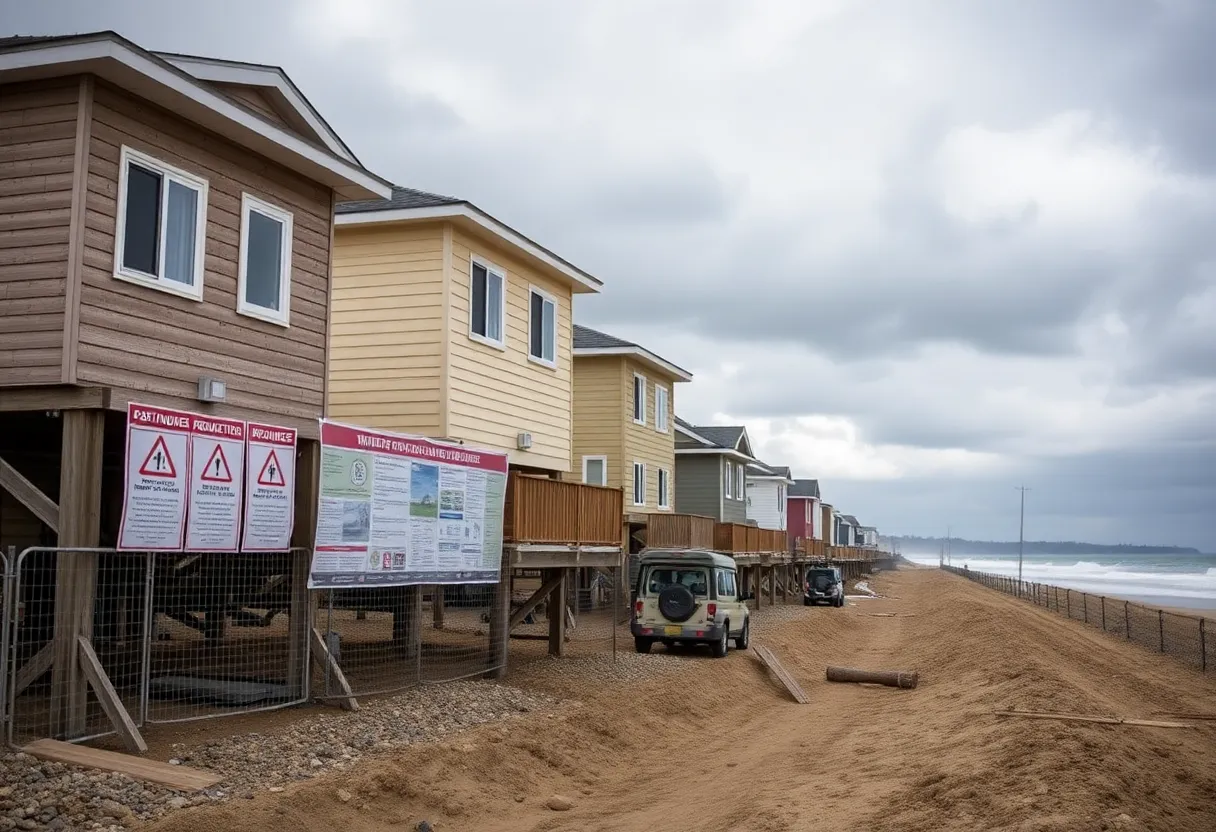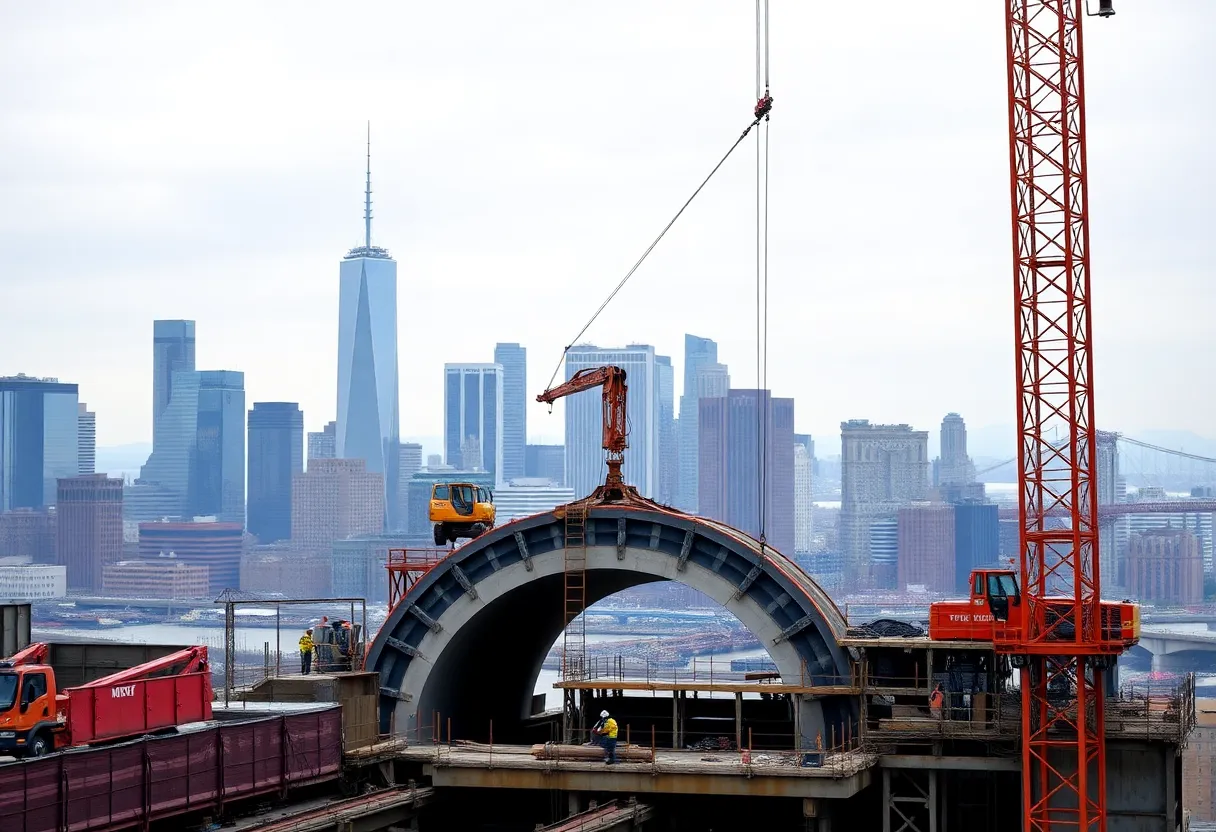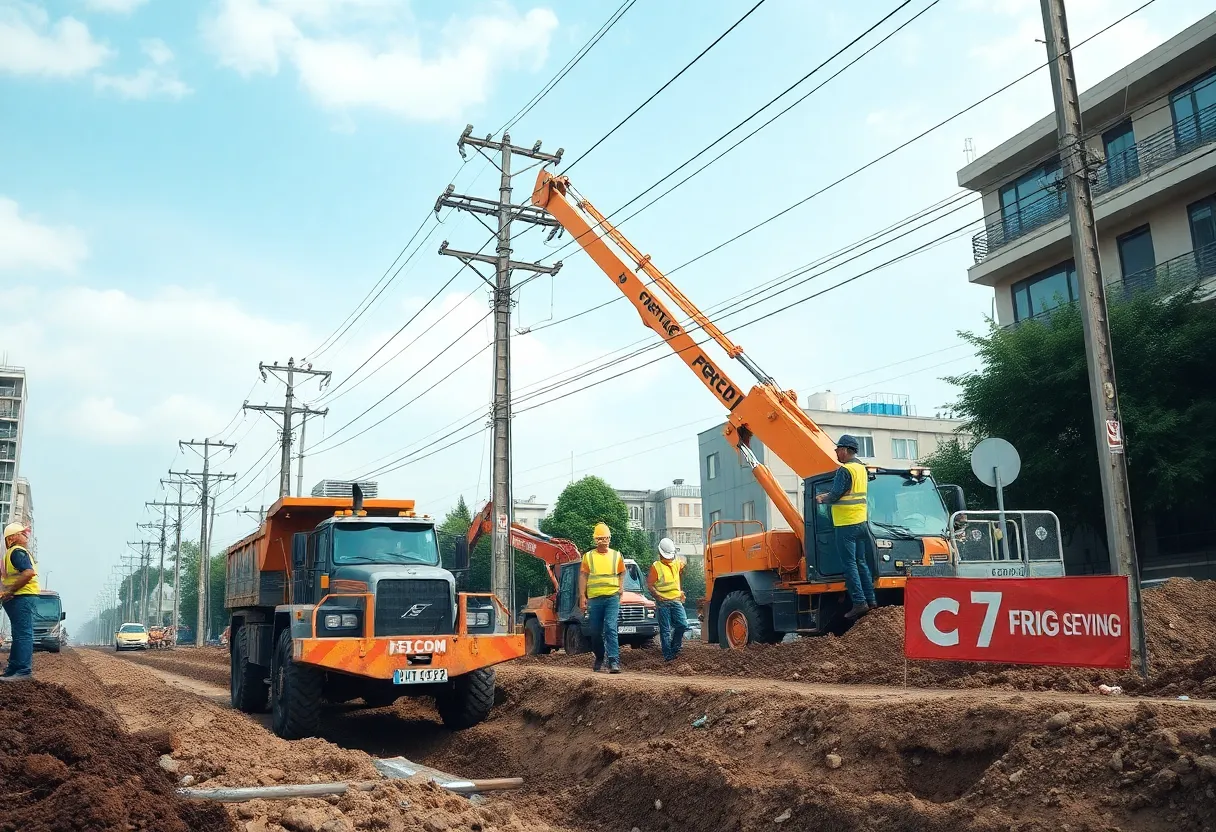News Summary
New Jersey environmental regulators have introduced construction regulations aimed at minimizing flood risks in vulnerable areas, especially along the Jersey Shore. The proposed changes include lowering the minimum height requirement for new constructions to 4 feet above FEMA’s Base Flood Elevation. This adjustment reflects updated climate data and aims to ensure safer and more affordable homes in coastal communities as sea levels rise. Critics raise concerns about expanded flood zones and potential construction costs. The new regulations will undergo public comment and evaluation every five years to adapt to changing climate conditions.
New Jersey Proposes New Flood Construction Regulations
New Jersey recently presented new flood construction rules aimed at safeguarding coastal and flood-prone areas, including the popular Jersey Shore. The proposed regulations, revealed on July 14, 2025, seek to lower the minimum height requirement for new buildings to just 4 feet above the Base Flood Elevation set by FEMA, a decrease from the previously suggested 5 feet. This change is based on the latest scientific data reflecting updated climate projections.
Impact on Safety and Affordability
These adjusted regulations are expected to significantly influence both the affordability and safety of housing in coastal communities. Environmental Commissioner Shawn LaTourette emphasized the importance of basing rules on the best available science, stating that scientific data can evolve over time. Under the new requirements, if the FEMA Base Flood Elevation at a property is determined to be just 3 feet above ground level, homes must be constructed at least 7 feet above ground level to comply with the new standards.
New Jersey’s proposed building standards take into account future projections concerning global temperatures, precipitation, and sea-level rise, while FEMA’s regulations primarily rely on historical flood data. Current expert projections indicate that sea levels could rise by 4.4 feet by the end of the century, an adjustment from earlier estimates of 5.1 feet. Furthermore, projected increases in global temperatures are now approximately 2.7 degrees Celsius, lower than the previous 3.3 degrees forecast.
Concerns Over Expanded Flood Zones
As the new regulations are examined, some critics raise concerns that these proposed standards could result in an expansion of flood zones, affecting neighborhoods that were previously considered safe. The revised regulations include flexible provisions for builders working in flood zones, requiring that new projects offer “dry access” during floods, which could serve as an evacuation route or facilitate emergency response.
Additionally, housing projects aimed at low- and moderate-income residents may qualify for a “hardship exception” from certain building rules. However, this raises concerns about the safety of those living in vulnerable areas, with the assurance that such exceptions would be granted only if comprehensive safety plans for affordable housing projects in flood zones are established.
Market Implications
While the new guidelines aim to secure safer construction practices, there are fears that even a mere one-foot reduction in elevation may still prove detrimental to construction affordability. This has elicited concerns about the ongoing challenges within New Jersey’s housing market. The New Jersey Business & Industry Association has voiced apprehensions regarding the potential negative impact on housing affordability in coastal and riverfront communities. Likewise, the New Jersey Builders Association advocates for further examination of these proposed changes and how they will affect overall planning, housing affordability, and the economy.
Public Engagement and Future Assessments
The proposal is due for a 60-day public comment period to allow community feedback. A public hearing is scheduled for September, providing an opportunity for stakeholders to express their views on the changes. Moreover, the amendments to the flood construction regulations will be officially published in the New Jersey Register on July 21, 2025. It’s important to note that these new regulations will not apply to existing buildings in flood-prone areas that are already experiencing occasional flooding.
Long-Term Flood Management Strategies
As part of the ongoing efforts to address flooding challenges effectively, evaluations of flood rules will occur every five years. These future assessments will consider the latest climate data and scientific projections. Additional measures, beyond just elevation requirements, are needed to tackle flooding issues comprehensively. Plans for improvements in stormwater drainage systems and initiatives like dune replenishment, buyout programs for homeowners in flood-prone areas, and infrastructure upgrades are being discussed to combat the persistent threat of flooding.
Deeper Dive: News & Info About This Topic
Additional Resources
- Construction Equipment Guide
- New Jersey Monitor
- Asbury Park Press
- Patch
- Ocean County Sentinel
- Wikipedia: Flood
- Google Search: flood regulations new jersey
- Google Scholar: new jersey flood construction regulations
- Encyclopedia Britannica: flooding
- Google News: new jersey construction flood
Author: Construction NY News
The NEW YORK STAFF WRITER represents the experienced team at constructionnynews.com, your go-to source for actionable local news and information in New York and beyond. Specializing in "news you can use," we cover essential topics like product reviews for personal and business needs, local business directories, politics, real estate trends, neighborhood insights, and state news affecting the area—with deep expertise drawn from years of dedicated reporting and strong community input, including local press releases and business updates. We deliver top reporting on high-value events such as the New York Build Expo, infrastructure breakthroughs, and cutting-edge construction technology showcases. Our coverage extends to key organizations like the Associated General Contractors of New York State and the Building Trades Employers' Association, plus leading businesses in construction and real estate that power the local economy such as Turner Construction Company and CMiC Global. As part of the broader network, including constructioncanews.com, constructiontxnews.com, and constructionflnews.com, we provide comprehensive, credible insights into the dynamic construction landscape across multiple states.





